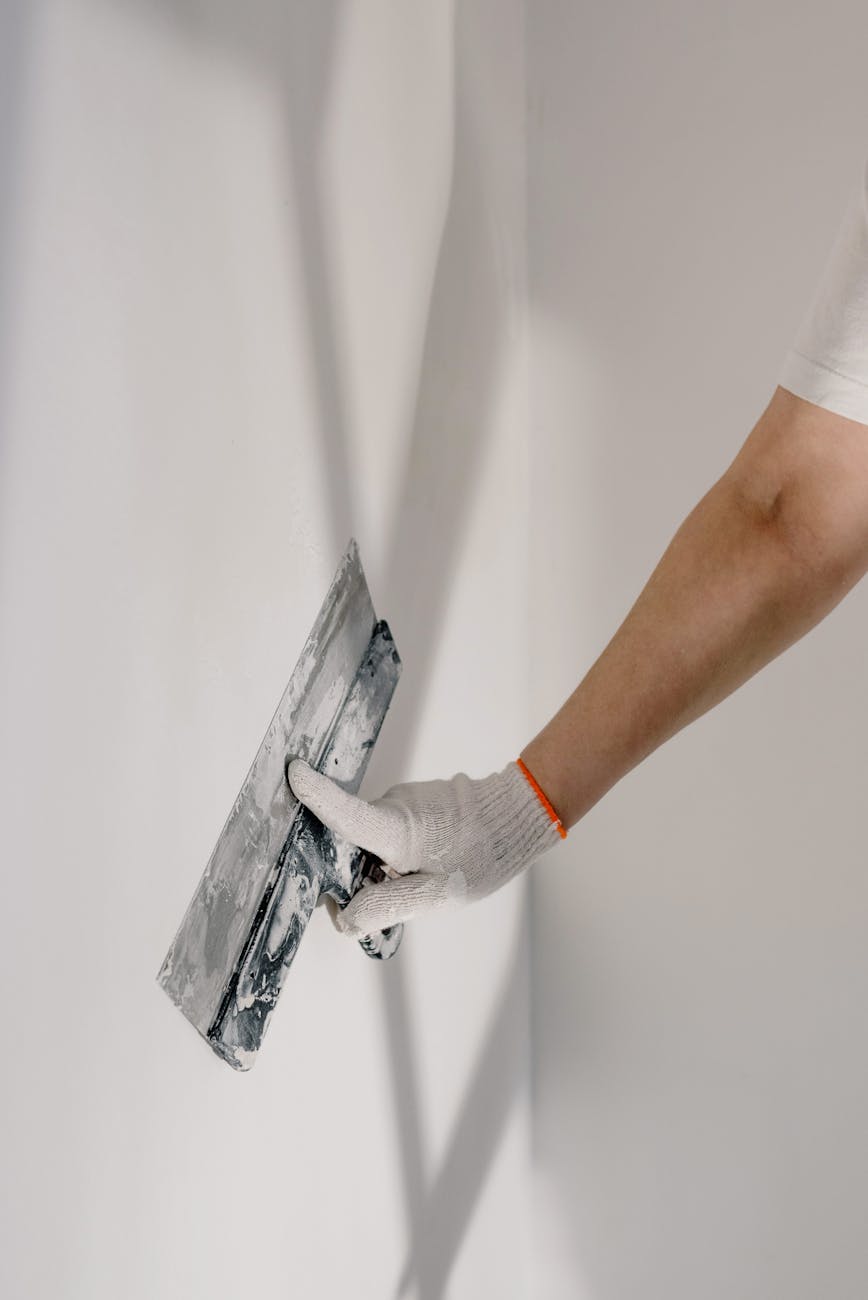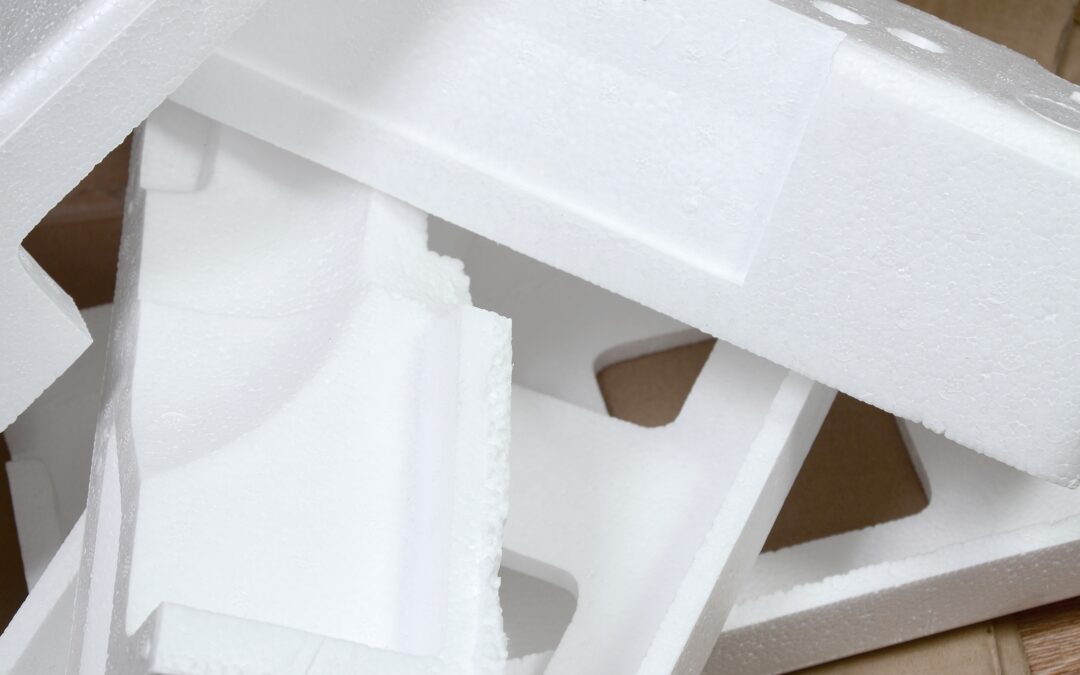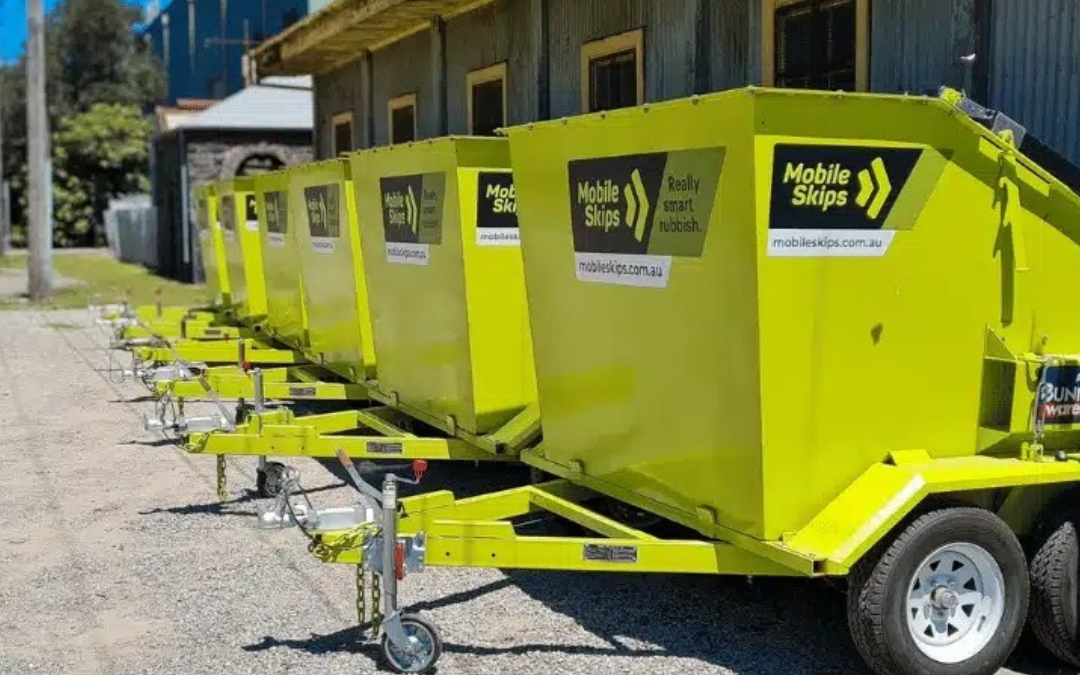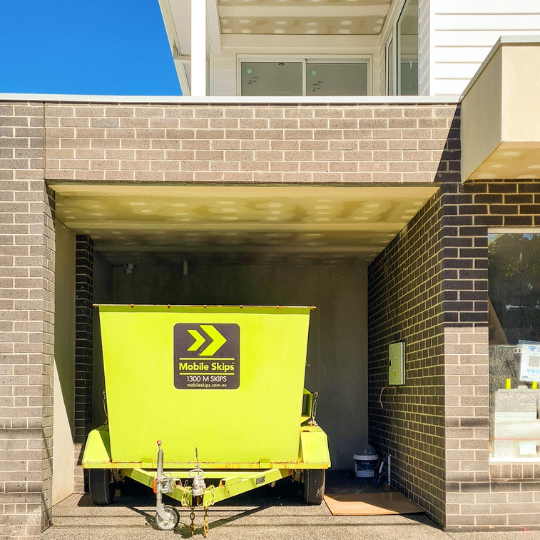DIY Home Renovation Ideas
Safety Precautions for DIY Projects
Before you start swinging hammers and wielding power tools, let’s talk safety. Every year, about 90,000 people find themselves in the ER because of ladder mishaps (Stay Safe). Here’s how to avoid becoming a statistic:
- Gear Up: Safety goggles, gloves, and a dust mask are your new best friends. They’ll keep you safe from flying debris and nasty chemicals.
- Ladder Smarts: Make sure your ladder is on solid ground. Don’t stretch like you’re in a yoga class or stand on the top rung.
- Power Tool Caution: Power tools are handy but can be dangerous, causing over 124,000 injuries each year. Read the manual and use them as intended.
- Tidy Up: A messy workspace is an accident waiting to happen. Keep your tools and materials organized.
- Breathe Easy: When using paints or adhesives, ensure the area is well-ventilated to avoid inhaling harmful fumes.
Essential Tools for DIY Renovations
Got your safety gear on? Great! Now, let’s talk tools. Here’s a list of must-haves for any DIY project:
| Tool | What It’s For |
|---|---|
| Hammer | Driving nails and minor demolition. |
| Screwdrivers | Both flathead and Phillips for different screws. |
| Measuring Tape | For getting those measurements just right. |
| Utility Knife | Cutting materials like drywall and carpet. |
| Level | Making sure everything is straight and even. |
| Power Drill | Drilling holes and driving screws in a flash. |
| Saw | A handsaw for small cuts and a circular saw for bigger jobs. |
| Pliers | Gripping, twisting, and cutting wires. |
| Paint Supplies | Brushes, rollers, and trays for all your painting needs. |
| Safety Gear | Goggles, gloves, and dust masks for protection. |
Need more details? Check out our full guide on DIY home renovation tools.
With the right safety measures and tools, your DIY home renovation projects can be fun and rewarding. For more tips on keeping costs down, visit our article on budget-friendly home renovations.
Decluttering for Home Improvement
Decluttering is a must when you’re gearing up for any DIY home renovation. It clears out the mess, giving you more space and making the whole process a breeze.
Why Declutter Before Renovating?
Clearing out your home before you start renovations has tons of perks:
- More Room to Work: Ditching the junk gives you more space to move around and store your materials.
- Less Stress: A tidy space can make the whole process less nerve-wracking and more fun (Mobile Skips).
- Better Focus: With less stuff in the way, you can concentrate on what really matters.
- Save Some Cash: Less clutter means fewer things to move or store, which can cut down on costs (Mobile Skips).
- Stay Safe: Fewer items lying around means fewer chances of tripping or getting hurt during the renovation.
Decluttering Checklist for Homeowners
Here’s a handy checklist to help you get started. Use it to tidy up and get organized before diving into your DIY home renovation.
| Area | Tasks |
|---|---|
| Living Room | – Toss out old magazines and newspapers – Donate or sell furniture you don’t use – Organize books and DVDs |
| Kitchen | – Get rid of expired food – Donate gadgets you never use – Tidy up the pantry and cabinets |
| Bedroom | – Donate or sell clothes you haven’t worn in a year – Organize your wardrobe – Dispose of old bedding and pillows |
| Bathroom | – Throw away expired toiletries – Organize under-sink storage – Get rid of old towels and bath mats |
| Garage/Basement | – Sell or donate tools and equipment you rarely use – Organize storage bins – Properly dispose of hazardous materials |
| Home Office | – Shred old documents – Organize desk drawers – Donate or sell outdated electronics |
Follow this checklist to declutter your home and set the stage for a successful DIY renovation. For more detailed tips, visit our DIY decluttering checklist page.
Looking for more DIY home renovation ideas and tips on managing renovation waste? Check out our sections on efficient waste removal tips and recycling strategies for renovation waste. Transform your home and mind with the art of decluttering and minimalism (Mobile Skips).
Sustainable Materials for Home Renovations
Thinking about sprucing up your home? Why not go green while you’re at it? Using sustainable materials can make your home look great and help the planet. Here’s a rundown of eco-friendly options for flooring, insulation, and walls that won’t empty your wallet.
Eco-Friendly Flooring Options
Sustainable flooring is tough, stylish, and kind to Mother Earth. Check out these popular picks:
Bamboo Flooring
Bamboo grows like a weed, making it a renewable superstar. It’s tough, sleek, and more water-resistant than many hardwoods. Perfect for any room in your house.
Cork Flooring
Cork comes from the bark of cork oak trees, which grow back after harvesting. It’s naturally anti-microbial, comfy to walk on, and great for soundproofing. Plus, it adds a unique touch to your home.
Recycled or Reclaimed Wood
Using recycled or reclaimed wood means fewer trees get chopped down. This wood often comes from old buildings, giving it a cool, rustic vibe. Ideal for adding a bit of history to your space.
| Flooring Type | Durability (Years) | Environmental Impact |
|---|---|---|
| Bamboo | 20-25 | Low |
| Cork | 10-15 | Low |
| Recycled/Reclaimed Wood | 50+ | Very Low |
Green Insulation Choices
Eco-friendly insulation keeps your home cozy and quiet, and it’s good for the planet too.
Sheep’s Wool Insulation
Sheep’s wool is a natural, renewable material with top-notch insulation properties. It’s biodegradable, non-toxic, and naturally fire-resistant.
Recycled Cotton or Denim Insulation
Made from old clothes, this insulation is effective and eco-friendly. It keeps your home warm and blocks out noise, making it great for walls and ceilings.
Cellulose Insulation
Cellulose insulation is made from recycled newspapers and other paper products. It’s a budget-friendly option that provides excellent thermal and acoustic insulation. Plus, it’s treated with non-toxic fire retardants for safety.
| Insulation Type | Thermal Resistance (R-Value) | Source |
|---|---|---|
| Sheep’s Wool | R-3.5 to R-4.0 | Renewable |
| Recycled Cotton/Denim | R-3.5 to R-4.0 | Recycled |
| Cellulose | R-3.2 to R-3.8 | Recycled |
Sustainable Wall Materials
Sustainable wall materials offer great insulation and a smaller carbon footprint.
Recycled Steel
Recycled steel can replace wood in your home’s framing. It’s strong, durable, and lasts a long time. Using recycled steel cuts down on the need for new steel, which takes a lot of energy to produce.
Straw Bales
Straw bales might sound odd, but they’re fantastic for walls. They insulate well, resist fire, and are made from agricultural waste, making them a super sustainable choice.
| Wall Material | Insulation Value (R-Value) | Environmental Impact |
|---|---|---|
| Recycled Steel | Varies | Low |
| Straw Bales | R-30 to R-35 | Very Low |
For more home renovation tips and budget-friendly home renovations, check out our other guides on DIY home renovations and DIY organization ideas.
Home Upgrades That Pay Off
Thinking about sprucing up your home? Let’s focus on projects that not only make your space look great but also boost its value. Here are some key areas where you can get the most bang for your buck.
What’s Worth Your Time and Money?
Knowing which home improvements offer the best return on investment (ROI) can help you decide where to put your time and money. Energy-efficient upgrades are a big win. A national report from Freddie Mac shows that energy-efficient homes sell for 3% to 5% more than their less efficient counterparts. And if you’ve got hardwood floors, buyers are willing to shell out an extra $5,000 to $6,500.
| Home Improvement | Estimated ROI |
|---|---|
| Energy-Efficient Upgrades | 3% – 5% increase in value |
| Hardwood Floors | $5,000 – $6,500 premium |
| Landscaping | 100% ROI |
First Impressions Matter
Curb appeal is everything when it comes to making a great first impression. The National Association of Realtors says 92% of realtors recommend sprucing up the exterior before putting a home on the market. Simple fixes like power washing the exterior can bump up your home’s value by as much as $15,000. And while landscaping might seem like a big job, it offers a whopping 100% ROI.
| Enhancement | Estimated Value Increase |
|---|---|
| Power Washing | Up to $15,000 |
| Landscaping | 100% ROI |
Want more tips on making your home’s exterior shine? Check out our article on DIY outdoor renovations.
Tech Upgrades That Wow
Adding some tech to your home can also give its value a nice boost. Smart home features like security systems, thermostats, and lighting are big draws for tech-savvy buyers. Plus, energy-efficient appliances and systems can add serious value. Freddie Mac’s report highlights that energy-efficient homes sell for 3% to 5% more (Investopedia).
| Tech Upgrade | Benefit |
|---|---|
| Smart Security Systems | Increased Appeal |
| Smart Thermostats | Energy Efficiency |
| Energy-Efficient Appliances | 3% – 5% increase in value |
For more budget-friendly home improvement ideas, visit our page on budget-friendly home renovations.
Investing in these home upgrades can make a big difference in both your home’s market value and its overall appeal. Whether you’re planning to sell or just want to enjoy a more comfortable living space, these projects offer a solid return on investment. For more DIY home improvement projects, explore our blog for additional ideas and inspiration.
Waste Management in DIY Renovations
Handling waste is a big part of any DIY home renovation. Keeping your space clean and being eco-friendly is key. Here are some tips to help you manage waste during your DIY projects.
Smart Waste Removal Tips
- Plan Ahead: Before you start, figure out what kind of waste you’ll have (like wood, metal, plastic) and plan how to get rid of it. This saves you from last-minute stress.
- Use Skip Bins: Renting a skip bin is super handy for big waste piles. Many services offer eco-friendly options (Mobile Skips).
- Sort Waste: Separate your waste into recyclables, non-recyclables, and hazardous stuff. This makes disposal easier.
- Donate or Sell: Old fixtures, cabinets, and doors can be donated or sold. This cuts down on waste and helps others.
- Reuse Materials: Reuse materials whenever you can. For example, turn wood from an old table into new shelves.
Recycling Tips for Renovation Waste
Recycling is a big part of managing renovation waste. Here are some tips to recycle your waste:
- Identify Recyclable Materials: Look for metals, glass, paper, and certain plastics. Identify these during your renovation.
- Local Recycling Centers: Find local centers that take renovation waste. They often have specific rules for different materials.
- Use a Recycling Service: Some waste removal services offer recycling options. They can help sort and recycle your waste (Mobile Skips).
- Composting: Organic waste like wood chips and plant debris can be composted. This enriches your garden soil.
- Repurpose Waste: Get creative. Old bricks can be used for landscaping, and glass bottles can become decorations.
| Waste Type | Disposal Method | Notes |
|---|---|---|
| Wood | Reuse or compost | Use for new projects or garden mulch |
| Metal | Recycle | Take to a metal recycling center |
| Plastic | Recycle | Check local recycling guidelines |
| Glass | Recycle | Ensure it’s clean and sorted |
| Hazardous Waste | Special disposal required | Follow local regulations |
Managing waste during your DIY renovation can make your project smoother and more eco-friendly. For more tips on managing your renovation waste and DIY projects, check out our articles on diy bathroom renovations, diy kitchen renovations, and diy home renovation on a budget.
Budget-Friendly Home Remodeling Ideas
Low-Cost Home Improvement Tips
You don’t need to empty your wallet to give your home a fresh look. Here are some wallet-friendly ideas that can make a big difference:
- Paint Your Walls: A fresh coat of paint can work wonders. Stick to neutral tones to appeal to more people. Believe it or not, painting your interior can give you a 107% return on investment (MarketWatch).
- Revamp Your Kitchen Cabinets: Give your kitchen a facelift by painting your cabinets. Using contrasting colors for upper and lower cabinets can boost your home’s value by over $1,000. Go for white, gray, or wood tones for a modern vibe.
- Boost Curb Appeal: Simple tasks like mowing the lawn, trimming hedges, and planting flowers can make your home look more inviting. Spending around $270 on lawn care can add up to $1,200 in value to your home (MarketWatch).
Small Changes, Big Impact
Sometimes, the little things make the biggest difference. Here are a few ideas to consider:
- Upgrade Your Lighting: Swap out old light fixtures for new, modern ones. This can brighten up your space and make it feel more inviting. Check out our DIY lighting renovations for more ideas.
- Install New Hardware: Changing cabinet handles, door knobs, and faucets can give your home a fresh look. Opt for finishes like brushed nickel or matte black for a contemporary touch.
- Add Smart Home Features: Installing a smart thermostat, smart lighting, or a security system can make your home more appealing to tech-savvy buyers. Explore more tech upgrades for increased home value.
Enhancing Home Value on a Budget
Investing in cost-effective improvements can significantly boost your home’s value. Here are some projects with high returns:
- Energy-Efficient Upgrades: Homes with energy-efficient features sell for 3% to 5% more than less efficient homes. Think about adding insulation or upgrading to energy-efficient windows.
- Hardwood Floors: Buyers are willing to pay a premium of $5,000 to $6,500 for homes with hardwood floors (Investopedia). If hardwood is too pricey, consider laminate or engineered wood as alternatives.
- Exterior Painting: Painting your front door or shutters can lead to a 55% return on investment. Choose colors that complement your home’s exterior for a cohesive look.
| Project Type | Cost | Added Value | ROI |
|---|---|---|---|
| Interior Painting | $200 – $300 | $400 – $600 | 107% |
| Lawn Care | $270 | $1,200 | 352% |
| Smart Thermostat | $120 – $250 | $500 – $1,000 | 100%+ |
| Cabinet Painting | $100 – $200 | $1,000+ | 500%+ |
| Exterior Painting | $300 – $500 | $600 – $750 | 55% |
For more ideas and inspiration, visit our sections on DIY home renovation blogs and easy DIY home renovations. Whether you’re looking to make small updates or major improvements, there are plenty of ways to enhance your home without breaking the bank.






